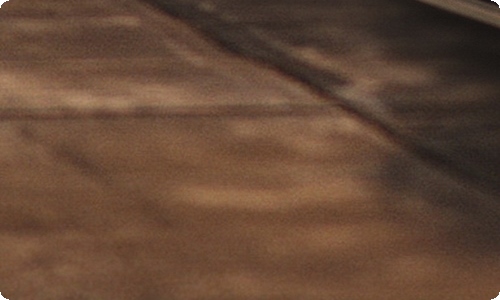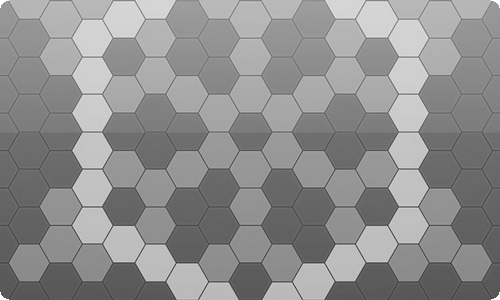
南京中山陵英文导游词
中山陵位于南京市玄武区紫金山南麓钟山风景区内,前临平川,背拥青嶂,东毗灵谷寺,西邻明孝陵,整个建筑群依山势而建,由南往北沿中轴线逐渐升高,主要建筑有博爱坊、墓道、陵门、石阶、碑亭、祭堂和墓室等,排列在一条中轴线上,体现了中国传统建筑的风格,从空中往下看,像一座平卧在绿绒毯上的“自由钟”。融汇中国古代与西方建筑之精华,庄严简朴,别创新格。以下是小编带来的南京中山陵英文导游词,欢迎阅读。
My dear friends ,when you come to a city, you probably want to visit the most famous scenic spots of special interest. nanjing has many place of historic interests and has been capital for six "dynasties." but if you leave nanjing without visiting dr. sun yat-sen's mausoleum, undoubtedly you have missed the most arresting and famous tourist attraction of the city.
Talking about the mausoleum we should have an idea about sun yat-sen, the great pioneer of chinese democratic revolution. mr. sun `s original name is sun wen and styled himself yat-sen. so foreign friends would call him "dr. sun yat-sen ". since he took "woodcutter in zhoushan "as his alias when he took part in the revolutionary activities, he was respectfully and widely called mr. sun zhongshan in china. on october 12, 1866, mr. sun was born in a farmer's family in caiheng village of xiangshan county ,guangdong province. when he was still young, he had great expectations. he studied medicine in honolulu, hong kong and some other places and after graduation he worked as a practitioner in gangzhou, macao and other places later he gave up medicine as his profession to take part in political activities. in 1905, he set up china alliance organization in japan and he was elected president. he put forward the famous guiding principle- "driving the invaders out ,restoring the sovereignty of china, establishing a republic and equalizing the land ownership " and the three people's principles-" nationalism, democracy and the people's livelihood. " on october 10, 1911, the wuchang uprising broke out and dr. sun as elected inrterim president of the republic of china by representatives from seventeen provinces. on the following new year's day mr. sun took the oath of office in nanjing. from then on ,mr. sun experienced yuan shikai's usurpation, the second revolution, "campaign protecting the interim constitution." in 1921, mr. sun took the position of president in unusual times in guangzhou. at the first national congress of kuomintang held in quangzhou in 1924, he perfected the original three people's principles and put forward three people's new principles. he also proposed the policies of "making an alliance with russia and the communist party of china and helping the farmers and workers. " in november 1924, in spite of his illness, mr. sun went up to beijing to discuss state affairs with general feng yuxiang.
Unfortunately, he broke down from constant overwork and passed away on march 12, 1925.
the location of the mausoleum was chosen by mr. sun himself. here is exactly a good place to build a mausol ……此处隐藏1309个字……osed to the air though they were safe again. on may 28, 1929, mr. sun's coffin was sent to pukou from beijing by jinpu railway, and on june 1 it reached the mausoleum. after the grand ceremony of feng'an, the coffin and the remains were put into the pit and used cement to concrete it .the bottom of the tomb is granite. under the copper coffin, there is a specially made wooden pad and enclosing the coffin is a well-sealed crystal box. after the breakout of the resistance war against japan, kmt government planed to transport the remains to chongqing and at the end of the liberation war, chang kai-shek planed to transport it to taiwan this time. because it was not a easy job to take the coffin out and the work might do damage to the remains as well, this plan was fiercely attacked by the engineering field and the left wing of the kmt. at last chang gave up the plan. so the remains have stayed here safely up to today.
Passing through the door in the back wall of the square outside you will arrive at the mausoleum park. the back wall of the park is a "exhibition of construction of dr. sun yat-sen's mausoleum ".the exhibition contains nearly 200 precious historic materials which show the construction of the mausoleum and the process of the transportation of mr. sun's remains.
beside the main structure, there are also some constructions around the mausoleum built in memory of mr. sun. most of the constructions are built after 1929 with the donation of those from both all trades in china and overseas chinese. the fraternity pavilion on top of the plum hill is built with the donation of a taiwanese compatriot. it was completed on november 12,1993, the 127th anniversary of mr. sun's birthday.
Ladies and gentlemen. mr. sun struggled for a better china for his whole life and overthrew monarch feudalist system which lasted for more than 2000 years. he carried out the three principal policies of "making an alliance with russia and the communist party of china and helping the farmers and workers" in his later days. the great feat mr. sun has achieved has gained great respect and praise from people from both home and abroad. after liberation, both central and local governments have exerted great efforts in preserving this excellent heritage.
Now, as one of the "top forty tourist resorts in china" dr. sun yat-sen mausoleum receives numerous chinese and international friends every years. people come here to pay homage to mr. sun. today, the unification has become the main tendency in terms of the relations between the chinese on both sides of the straits . i believe that most chinese people, from both home and abroad, are expecting from the bottom of heart the coming of the day when our country is united and getting more prosperous. at that time, when hearing this. dr. sun would smile and be satisfied for sure in the other world. ok, thank you very much for your cooperation. good bye and good luck!




